Preparing to Meet Your Maker, Plus Cake: The Life of a Death Cafe
Can the “death positive” movement help fix our dysfunctional relationship with the inevitability of human demise?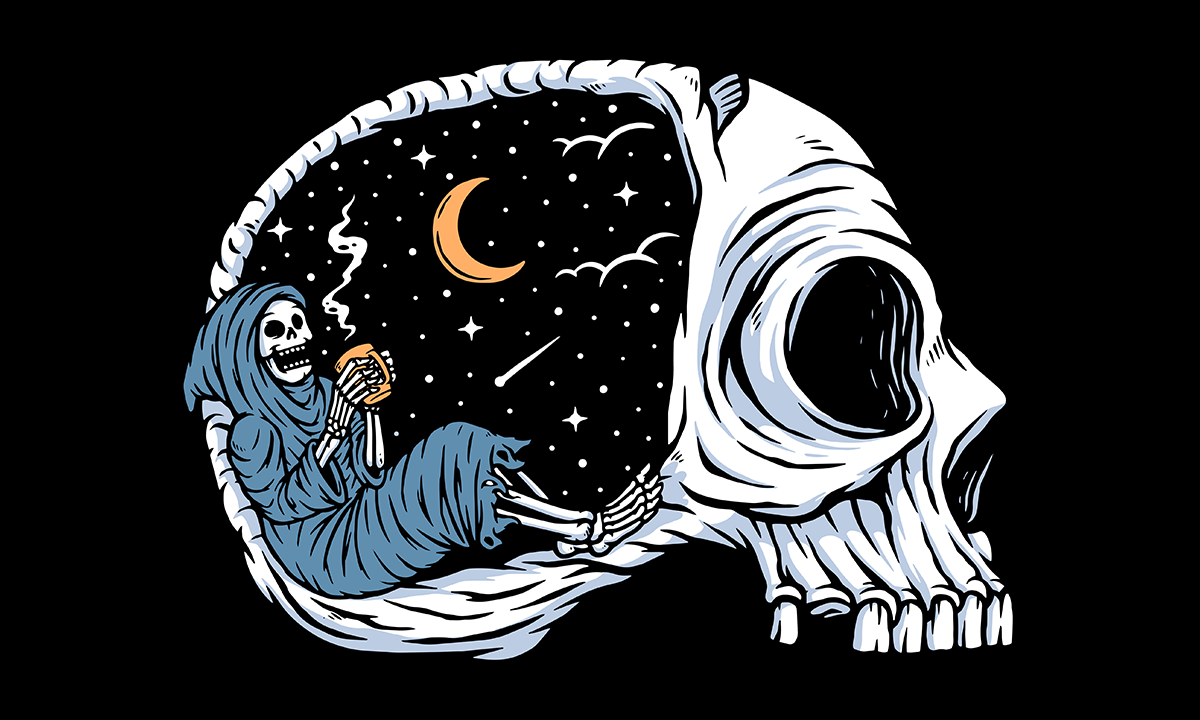 Image: Adobe
Image: Adobe
An early and pivotal scene in Greta Gerwig’s “Barbie” finds a rager underway at the Dreamhouse. Dressed in sequins and spangles, Margot Robbie leads the Barbies in a choreographed routine to Dua Lipa’s “Dance the Night.” After they throw their synchronized hands in the air, certain that tomorrow will be “the best day ever,” Robbie pauses, an ecstatic perma-grin on her face, and blurts out, “Do you guys ever think about dying?” Screeeech. The dancing stops; Barbie’s grin falls away. “I don’t know why I just said that,” she stammers. “I’m just dying…to dance!” Everyone cheers, the music resumes and all is right once again in Barbieland.
Minus the disco dancing, the scene is a fairly accurate depiction of how conversations around death tend to go in our society. But there are signs that this may be changing, thanks to a growing “death positive” movement that seeks to normalize the recognition and embrace of the ultimate elephant in the room. The movement’s advance can be measured by the growing popularity of Death Cafes such as the one I joined on a recent Thursday afternoon in the L.A. neighborhood of Los Feliz.
Around 20 of us had gathered for the monthly meeting inside a sanctuary hung with silk Buddha tapestries on the second floor of the Philosophical Research Society. Ranging in age from mid-20s to mid-70s, we knew little about each other beyond our common interest in talking about death and dying. As per Death Café tradition, tea, coffee and cake were served. First-timers quickly learned that the meetups were not grief or bereavement groups by another name.
It was during the pandemic that Lui began to explore how Western culture related — and failed to relate — to death.
“It is really just giving people the opportunity to talk about death from whatever perspective they feel is important to them at the moment,” said the event’s founder and facilitator, a 72-year-old artist, transformational psychologist and scholar of comparative religions named Elizabeth Gill Lui.
It was during the pandemic that Lui began to explore how Western culture related — and failed to relate — to death. “You’d think we would find common ground,” she recalled. “Instead, it’s politicized. Because I’m closer to my own death, I felt that I should have been more informed about the issues surrounding death and dying.” Lui took a course on Zoom to become certified as a death doula, or an end-of-life caretaker who provides non-medical assistance and guidance to the dying and those close to them. In September of 2022, she organized her first Death Café at the Philosophical Research Society, a spiritual and cultural center she considers her “intellectual home.” It has met on the third Thursday of the month ever since.
The first-ever Death Café was hosted by Jon Underwood in his London basement in 2011. According to his original guidelines, the meetings must always be not-for-profit and remain fundamentally unstructured. Inviting a guest speaker, selecting a book to discuss, choosing a theme — any such activity disqualifies the event from using the Death Cafe name. The host is obliged only to serve tea, coffee and cake, and open up a conversation.
Because death is not an easy subject to broach, the freeform meetings are designed to help participants find their own way. “If you get people talking about it, they start to find the language,” said Lui. “Everyone has something they can think about and share that needs to be heard.” In this moment in history, when overdoses, suicides, school shootings, climate crises and war are part of the daily discourse, a death discussion might also address societal and environmental devastation.
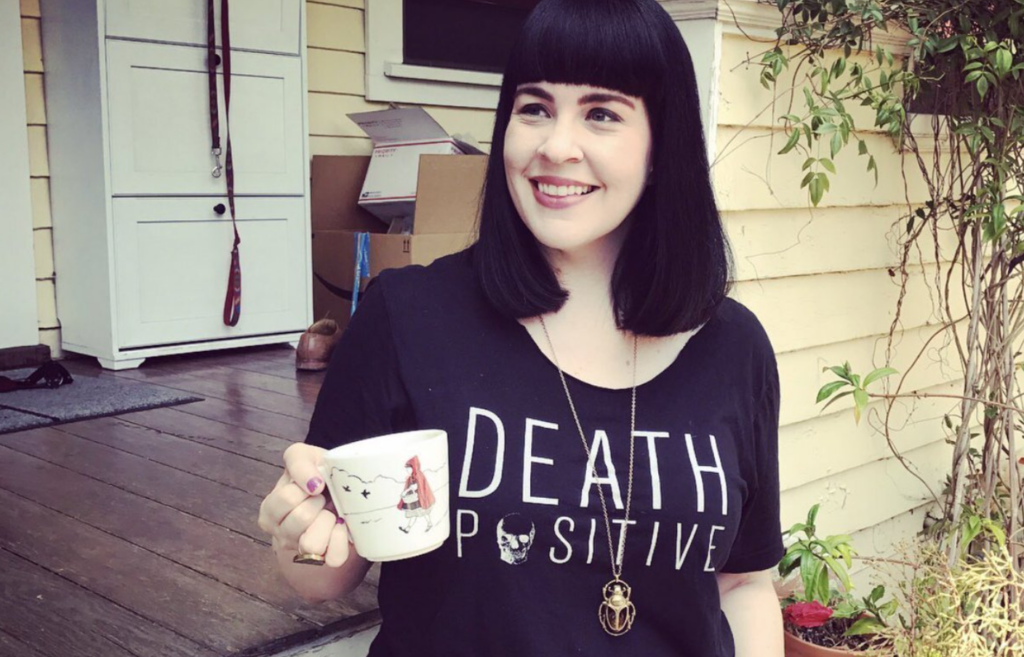
Every meeting brings together newbies and regulars, many of whom are relieved to discover a meaningful social outing devoid of small talk. “From the moment we start talking, it’s authentic,” said Lui. “It gives people the opportunity to touch something that’s at the core of who they are. It’s not about the weather or traffic, or ‘What did you do today?’ I think people are hungry for that.”
On the afternoon I attended, Lui opened the conversation by asking what brought us here. The responses varied from the loss and illness of friends or family members, to the dawning awareness of death by people in their 70s, some of whom were beginning to educate themselves about the right-to-die movement and eco-friendly burial alternatives. Several were end-of-life or grief counselors. A few people admitted they were simply afraid of dying. Whatever our motivations, Lui encouraged us to “befriend death.” When a companion is as constant as death, it is preferable that it be a friend rather than an enemy.
When my turn came, I explained that the death of my beloved dog earlier that year had been part of a personal reckoning around mortality — my own and that of everyone I loved. I admitted that I found the subject difficult to discuss even with close friends. And yet here I was, opening up with a group of strangers. Over the course of two hours, the conversation touched upon the effects of the hallucinogen DMT, Anderson Cooper’s grief podcast, an episode of “Black Mirror” that explored the digital afterlife, and a Getty Villa exhibition about the “Egyptian Book of the Dead.”
Lui’s is just one of a number of Death Cafés that meet in and around Los Angeles. Through the organization’s website you can find information for similar gatherings in San Diego, Santa Barbara and Palm Springs. To date, Death Cafes have been held in 87 countries, from Afghanistan to Zimbabwe, but Lui’s is the only one where you might be served her legendary carrot cake.
Death Cafes are part of what has come to be known as the “death positive” movement. The term can be traced to the work of an L.A. mortician named Caitlin Doughty, who in 2011 founded The Order of the Good Death, an organization that advocates for funeral industry reform and a more openness around death and dying. The pandemic acted as an accelerant for “death positivity,” as millions of people found themselves forced to confront illness and mortality in previously unimaginable ways. Since 2019, membership in the U.S.’s National End of Life Doula Alliance has more than quadrupled, with new training programs being offered across the country to meet demand.
The growing field of end-of-life care is increasingly reflected in popular culture. The title character of Mikki Brammer’s 2023 novel, “The Collected Regrets of Clover,” for example, is a death doula in New York City who attends Death Cafes at the public library and drinks cocktails on the Lower East Side. “The secret to a beautiful death is to live a beautiful life,” Clover’s 87-year-old neighbor Leo tells her as he breathes his last, and more and more resources are consciously intertwining the two. The Brooklyn-based Morbid Anatomy has grown from a blog into an online platform, library and brick-and-mortar space where one can take classes, participate in a “Death Meditation,” and pick up objects like Victorian memento mori and Dia de Los Muertos-related folk art. There’s even a #DeathTok hashtag on TikTok featuring posts with billions of views.
This November, dozens of speakers on subjects such as psychedelic therapy and assisted suicide addressed 600 attendees from the death-and-dying field at the the sixth End Well Symposium in Los Angeles. Professional hospice care has been available for over 50 years — Elizabeth Kübler-Ross’s 1969 book “On Death and Dying,” which introduced the idea of the five stages of death, is a venerated classic — but with the death-positive movement, death is being embraced as a vital part of life, not just the end of it.
The site is a wealth of practical resources and information on death preparedness, end-of-life care, funerals and grief.
Things were different as recently as 2018, when Departing Dearly founder Wendy Mullin found herself researching end-of-life services for her mother. “I realized during the process that there were a lot of things that didn’t make sense,” recalled Mullin, a designer of clothing and interiors. “Why are we putting these lacquered boxes in the ground and embalming people?” she wondered. For the creator of the fashion brand Built by Wendy, known for its rock ‘n’ roll tailoring and coveted guitar straps, the presentation of information was its own form of stylistic hell. “Everything was either religious or ugly. I felt like I was looking at the Zales Jewelers of death information.”
Finding no website that spoke to her aesthetically, Mullin began thinking about the need for something new. “Goop — but for death. Instead of lifestyle, what about deathstyle?” she said with a chuckle. In 2019, Mullin started developing a deck and talking to people about the project. When COVID hit, the idea of monetizing a site lost its appeal, and she turned down a couple of potential investors before deciding to build the site as a public offering in her own “punk rock” style.
The main image on the Departing Dearly homepage is a person stage diving into a crowd. It’s an analogy for “the process of dying,” said Mullin. “It’s like jumping into the unknown. You’re hoping someone is gonna catch you. You’re trusting other people to help you.”
The site is a wealth of practical resources and information on death preparedness, end-of-life care, funerals and grief. It also explores how death shows up in art and pop culture, from a classic film like 1965’s “The Loved One” to a virtual reality near-death experience called Virtual Awakening. Recent posts on the Departing Dearly Instagram account feature the show “Succession,” the climate activist group Extinction Rebellion, and the 97-year-old artist Betye Saar, whose large-scale commissioned work “Drifting Toward Twilight” recently opened at The Huntington in Pasadena.
Like Lui, Mullin became certified as a death doula during the pandemic as a way to deepen her relationship with death and dying. The training helped her initiate meaningful conversations with older relatives and allowed her to get more comfortable with her own mortality. Fundamental to her understanding was Ernest Becker’s 1973 book, “Denial of Death,” which posits that our society’s competitive drives toward status and success are elaborate distractions, as Mullin described it, “so we don’t have to stop and look at the fact that we’re gonna die.” (She also links our phone addictions to “death anxiety.”)
“I think it’s literally being ‘woke,’” she said of the decision to face death. “We’re waking up to our own lives.”
Last month, I found myself at the Philosophical Research Society again, this time for a Living Funeral Ceremony. Essentially a guided mortality meditation, this ritual was created and led by Emily Cross, a musician and death doula who runs the Steady Waves Center for Contemplation, an end-of-life space in Dorset, England. Cross had traveled to the U.S. to host several ceremonies on the West Coast; this one was organized with the group Floating, which facilitates events related to music and healing. Although ceremonies at Cross’s center can involve lying in a woven willow coffin, for this one we sat and lay on yoga mats.
I found unexpected solace in the idea that my spirit could exist as a ray of light or the sound of a bell, struck just once but reverberating through eternity.
Cross created the Living Funeral Ceremony after hearing about the South Korean tradition of mock funerals, which were developed to curb the country’s high suicide rates. “The purpose of this ceremony,” she said, while moving softly through the room as we contemplated our own image, “is to enrich your life by bringing death into immediate and clear view.” There were some tears shed as we were guided to say goodbye to everything we knew and loved. Before each mat was placed a clipboard with a single sheet of paper, on which we were to write our last words. Then, Cross began a deep, guided visualization of letting go of our physical bodies as we covered ourselves with a funereal shroud. After some time inhabiting this fugue-like state, we were guided back by her voice.
I will admit that my own “final” words included regrets and unresolved emotions. I am not one of those people who could die happily tomorrow, satisfied that my purpose has been fulfilled. Yet I was surprised to discover that, when contemplating what I might “leave behind” after death, the idea of worldly accomplishments barely registered. My mind wasn’t trained on legacy or immortality, but on love and energy. I found unexpected solace in the idea that my spirit could exist as a ray of light or the sound of a bell, struck just once but reverberating through eternity.
After we came back to “life” and shared our experiences, I felt grateful and glad to get to live another day — and to have time to work on those regrets. When the time does arrive, I hope to have cultivated Lui’s fearlessness. “I want to experience death,” she told us with a smile. “I’m convinced it’s going to be interesting.”
Your support matters…Independent journalism is under threat and overshadowed by heavily funded mainstream media.
You can help level the playing field. Become a member.
Your tax-deductible contribution keeps us digging beneath the headlines to give you thought-provoking, investigative reporting and analysis that unearths what's really happening- without compromise.
Give today to support our courageous, independent journalists.
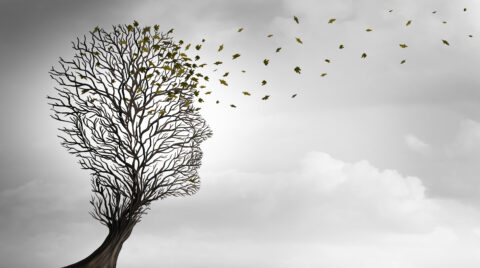
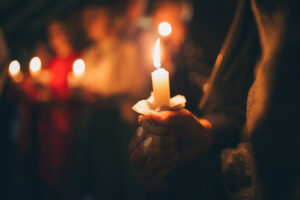
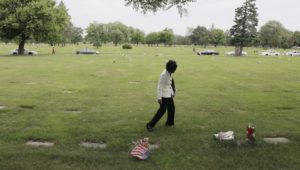
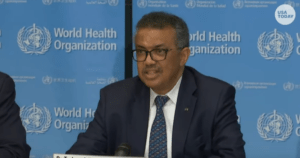
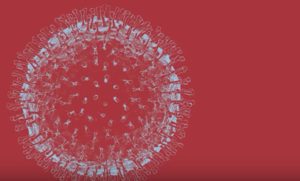
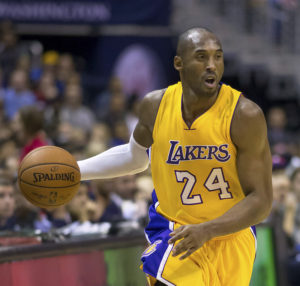

"Remember Death" the muse of a writer and it's true . . . if ever there was a true statement.
Everybody has a death story whether they want to deal with death or not.
Death Cafe's are in a world - fascinating!
I attended one located at the Historic Oakland Cemetery in Atlanta, GA for a number of years. I looked forward to the monthly meetings which were always filled with wonder...
"Remember Death" the muse of a writer and it's true . . . if ever there was a true statement.
Everybody has a death story whether they want to deal with death or not.
Death Cafe's are in a world - fascinating!
I attended one located at the Historic Oakland Cemetery in Atlanta, GA for a number of years. I looked forward to the monthly meetings which were always filled with wonder and laughter.
Happy Trails our theme song ended each meeting that always started with the same question, that opened a flood gate of emotions and curiosities:
Death is _____?
My answer was different every time. Cuz yeah, death is a constant.
The way for me was to simply face it head on.
One advantage to being a preachers kid.
One of my favorites Death quotes:
"Death twitches my ear,
"Live!" He says "I'm coming!"
As a result, I live my life knowing I am going to die one day Period.
So, there's nothing dark or diabolical about Death Cafe's.
Some people are put off by the name whereas I was captivated by the name and convinced myself it wasn't some weird spin on murder-mystery theater, of a group of folks sitting around plotting the demise of others.
I was hooked on my first visit.
Not to mention the Oakland Cemetery is one of the most beautiful cemeteries in Atlanta.
All kinds of events take place there including weddings, music festivals and Halloween Haunted House.
All the more proof that Death is well - a constant.
Let's just deal with it.